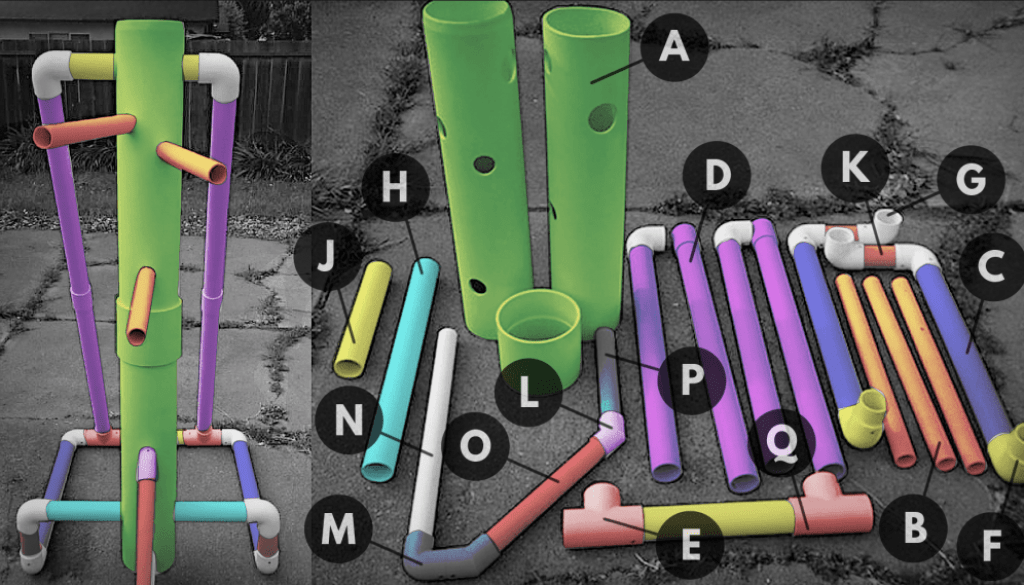APL76
Blue Belt
I'd agree with everything you said, but also add couple of things.Tan-da sau can be a forward wedging movement, or a rotating movement using a turning stance. Either, if done properly, will generate good power. It's true that rotation combined with forward intent can add more power, but you don't need to rotate more than 45° to generate heavy striking power ...in Wing Chun or any other form of boxing! In fact, really good practitioners can generate power with very small movements.
We are talking about generating short power. It's found in many fighting arts. I also learned methods of achieving this from GM Rene Latosa a renowned Escrima and Filipino "dirty boxing" instructor. While it's true that BIG movements with a lot of follow-through can generate a lot of power, they are easier to see coming and require more commitment. There's always a trade off.
Wing Chun and other southern short-bridge Chinese boxing methods generally favor compact movements that don't have a lot of wind up and follow-through. Big movements just don't work that well up close and inside.
On the other hand, big movements do make sense at longer distances, and also up close in grappling and throwing arts where unified, full body power is essential. But this is different from "boxing" or percussive arts IMO.
Firstly, one can train larger rotating movements as a form of overtraining, then reduce them in application.
Secondly, big movements that project a lot of force, or power, are far easier to reel and take advantage of. They leave the person doing them vulnerable.

